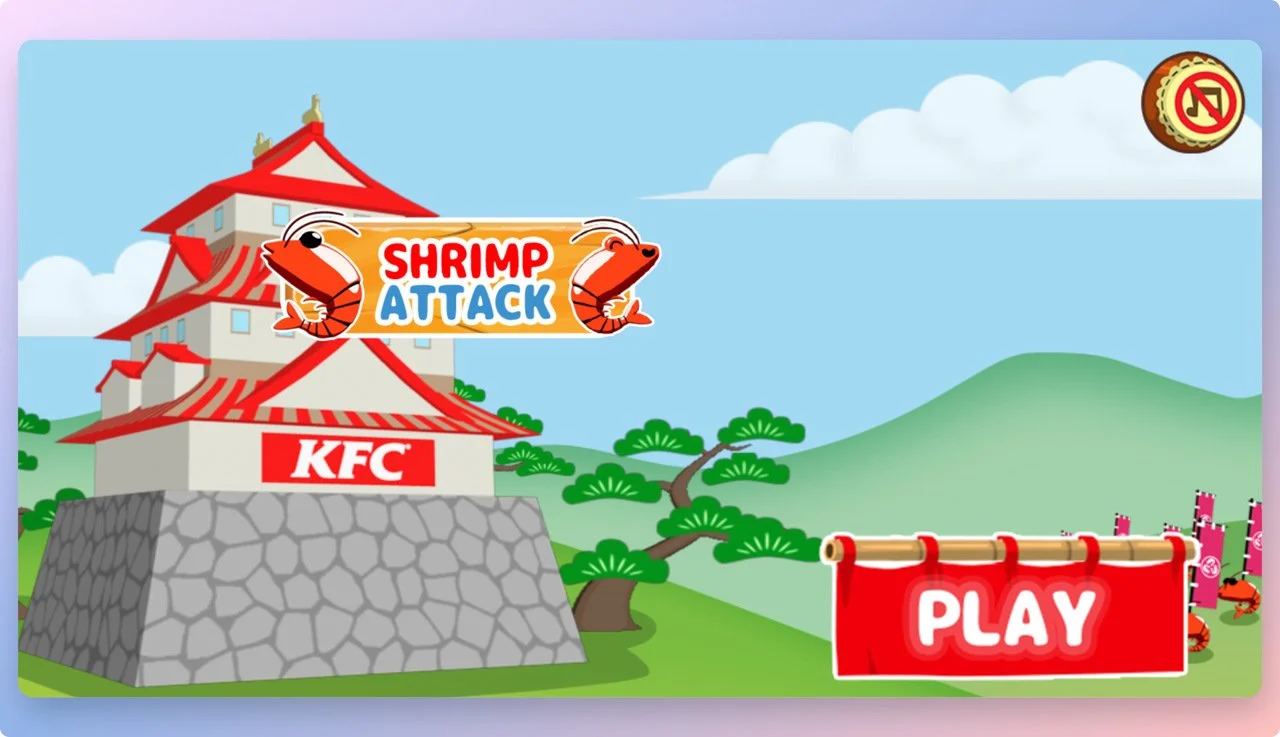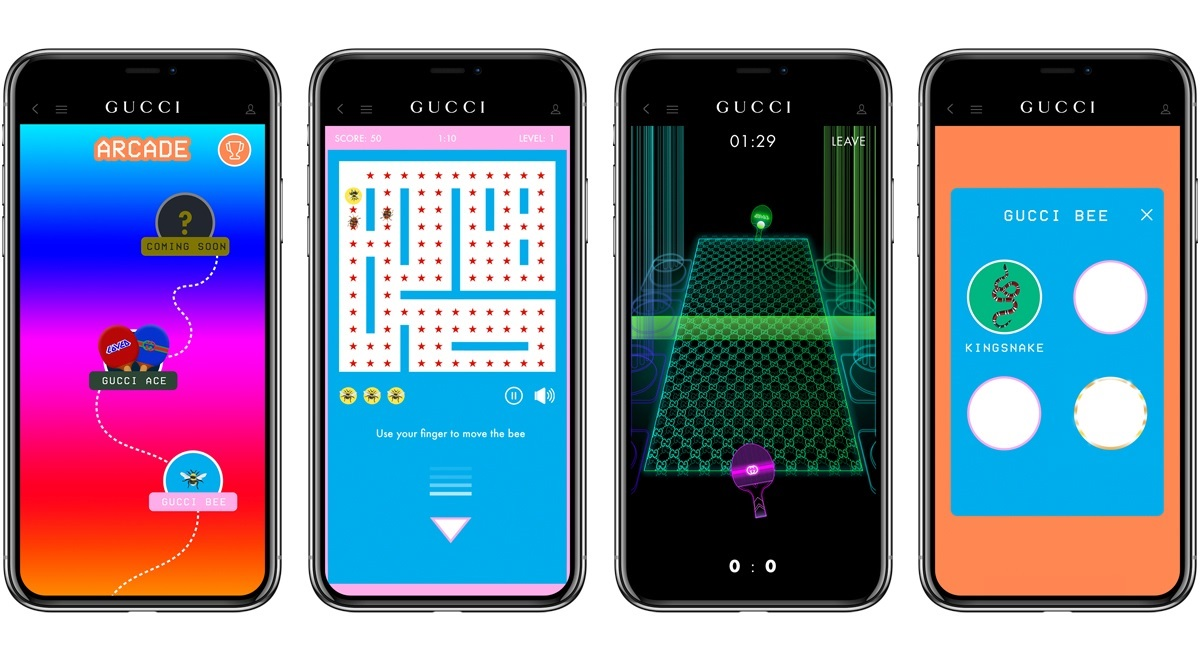Who doesn’t love indulging in games? Of course, it’s a rhetorical question since we all adore playing games. It’s no wonder that people thoroughly enjoy gaming! But how about a game-like environment during online shopping? Yes, you guessed it right, we are talking about Ecommerce gamification.
We live in a fast-paced world where people’s attention spans constantly decrease. Thus, capturing your customers’ attention has become a challenge. Marketers are now seeking innovative ways to engage their customers. And what if we combine games with Ecommerce? That’s a brilliant idea!
This marketing tactic, called eCommerce gamification, has recently gained traction despite sounding new.
Are you excited to explore more?
Let’s dive into the upcoming paragraphs to discover Ecommerce gamification—why and how to use it. Also, we will provide you with some fantastic examples of Ecommerce gamification.
Ecommerce Gamification – The Concept
Gamification integrates game-like elements, such as rewards and points, into non-gaming situations. By incorporating these elements, it enhances user engagement and entertainment.
Ecommerce gamification has been gaining momentum in recent years. It involves introducing gaming elements to the online shopping experience, making browsing and purchasing products more enticing for customers. As a result, customers are more inclined to make purchases, leading to increased sales and customer satisfaction.
Why a Business Should Use Ecommerce Gamification
Have you ever wondered why incorporating gamification into your Ecommerce store is a great idea? Well, let’s delve into the upcoming paragraphs to discover the amazing advantages it brings to your online business:
1- Enhances Customer Engagement
Studies show that emails with gamification elements receive 74% better engagement (Omnisend, 2021). Engaged customers tend to be more loyal, improving e-commerce customer retention.
Who doesn’t love games? By incorporating gamification into your online shopping experience, you can capture your customers’ attention and create a strong bond with your Ecommerce store. This makes the checkout process smoother, leading to increased product purchases. Additionally, when coupled with efficient inventory management software, it ensures that products are readily available and facilitates increased purchases.
2- Boosts Brand Awareness
Ecommerce gamification offers a valuable advantage in increasing brand awareness. Customers with enjoyable gaming experiences will likely share their achievements and scores on social media. This creates more visibility and recognition for your brand.
3- Drives Sales
Research reveals that 60% of customers are more inclined to buy from brands that offer enjoyable gaming experiences (Times of India, 2022).
E-commerce gamification, when implemented effectively, has the power to boost sales. Adding games to your online store and offering rewards or discounts can encourage customers to purchase more, resulting in increased sales.
How to Make Ecommerce Gamification Effective
Following are some of the effective ways in which a business can leverage Ecommerce gamification to the fullest:
Understanding Your Audience
Before you start implementing gamification in your Ecommerce, it’s crucial to understand your audience. Get to know their interests and preferences, as this will help you determine the type of games that will resonate with them.
For instance, if your target audience is mostly Gen-Z, their game preferences will differ from millennials or older generations. The rewards that appeal to each audience will also vary.
Identifying Your Goals
Clearly defining your goals is essential before introducing gamification to your Ecommerce strategy. Decide what you want to achieve with the game. It could be increasing sales, raising brand awareness, boosting engagement, generating leads, or educating customers about your products.
Once you have a clear goal, incorporating gamification becomes much smoother.
Including Key Factors for Success
For a successful Ecommerce gamification experience, focus on three main factors:
- Trigger: Motivate your buyers to participate in the game. You can offer points or tokens in return for playing.
- Investment or Effort: Ensure that the game requires a reasonable amount of time and effort from your customers. It should be fun and enjoyable, not overly time-consuming or stressful.
- Reward: Offer a meaningful and valuable reward to customers at the end of the game. The reward should match the time and effort they invest in playing. It could be a discount, free shipping, or free products.
Choice Finalization
Now that you clearly understand your audience and goals, it’s time to choose a suitable gamification strategy for your e-commerce. Here are some options:
- Brand Contests: Create contests that test people’s knowledge about your products and offer gifts as rewards.
- Scratch Coupons: Implement scratch coupons where customers can win discounts or promo codes.
- Spin Wheel: Use a spinning wheel with various offers, discounts, or free shipping options for customers to win.
- Slogan Competition: Encourage customer interaction and brand awareness with a competition to come up with the best slogan for your Ecommerce and reward the winner.
Following these steps and choosing the right gamification approach can enhance your e-commerce experience and engage your customers more effectively.
Use Cases of E-commerce Gamification
KFC Japan’s Shrimp Attack Game
KFC Japan teamed up with Gamify to create an exciting mobile game called “KFC Shrimp Attack” to promote their new Shrimp menu item. The game involved slashing EBI shrimps at the bottom of the screen to protect the chicken kingdom’s castle.
The campaign raised awareness about the new menu item and rewarded players with discount vouchers to encourage them to try it out.
The response to the campaign was overwhelming, attracting over 800,000 players and totaling 600 hours of playtime. However, the popularity caused unexpected product shortages, and the campaign had to be stopped prematurely.
Following the game’s success, Gamify published a report revealing that an impressive 22% of players who engaged with the game later redeemed their vouchers in-store, showcasing the effectiveness of the gamification strategy in driving sales and customer engagement.
Gucci
Gucci, the renowned fashion brand, has raised the bar in e-commerce gamification to captivate the attention of Generation Z, and the results have been impressive!
One of their brilliant initiatives is the “Gucci Sneakers Garage,” a digital platform where customers can personalize their virtual sneakers and proudly showcase their creations on social media.
Moreover, Gucci introduced the “Gucci Arcade,” an enticing gamification strategy that invites users to indulge in arcade games featuring virtual characters.
With these creative approaches, Gucci has successfully connected with a vast audience, especially Gen-Z shoppers, through their engaging ecommerce gamification techniques.
Last Word
Gamification has been around for some time, but it is gaining immense popularity in the Ecommerce industry due to technological advancements. The concept of ecommerce gamification involves adding game-like elements, such as challenges, rewards, and achievements, to the shopping experience. As technology continues to evolve, businesses find innovative ways to make online shopping more exciting and interactive.




